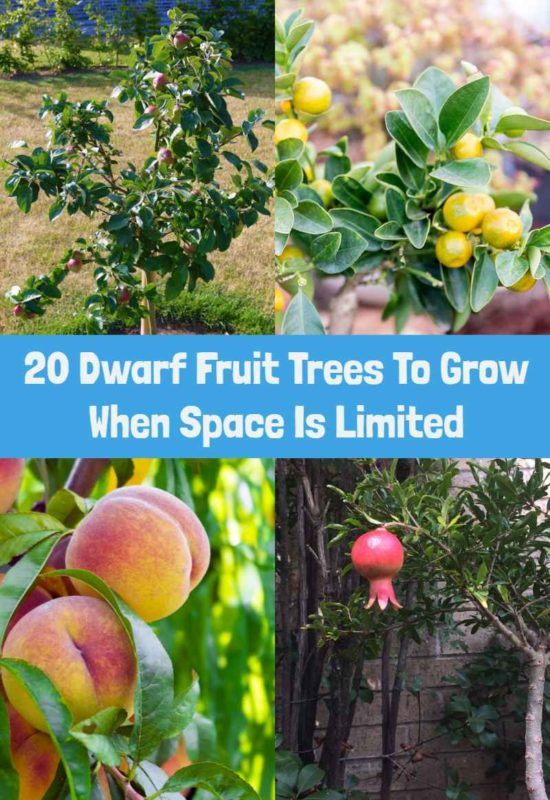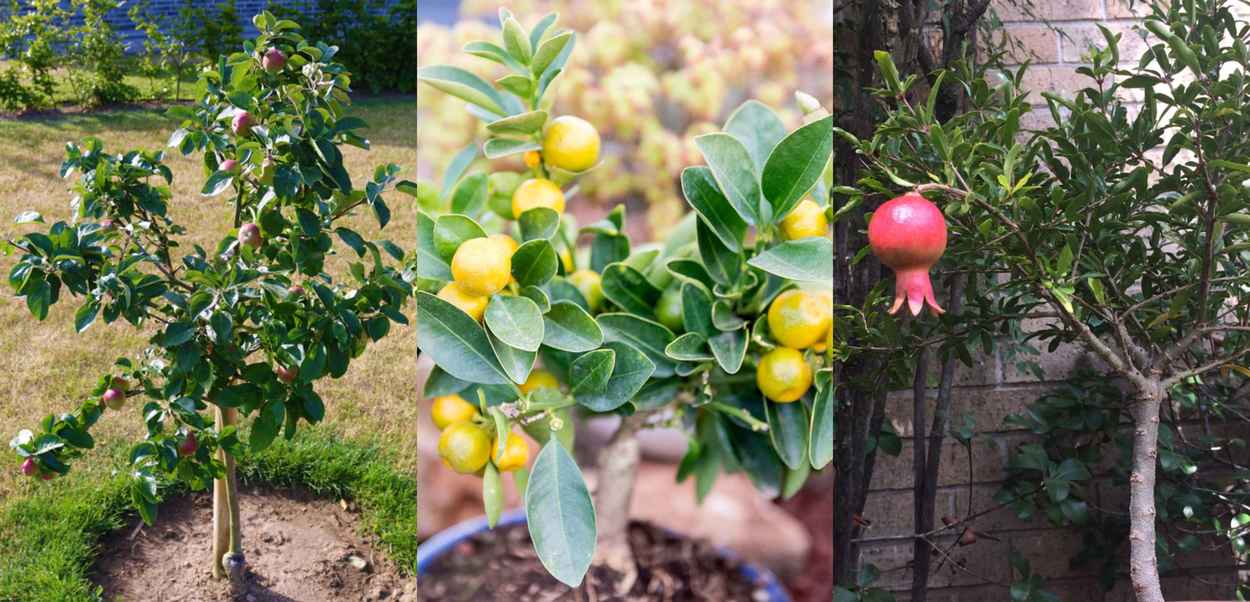
Gardeners can grow their own food, even in the smallest of areas. Dwarf fruit trees offer one wonderful way for gardeners to make the most of the space they have available.
Many small garden owners imagine that it would be completely impossible for them to consider a fruit tree in such a small area. But a fruit tree could be an amazing addition to your small garden, or even simply a patio or balcony. You just have to choose the right one, or ones, for your space. Today, we are fortunate that there are many dwarf fruit tree varieties to choose from.
Why Choose Dwarf Fruit Trees?
If you choose the right dwarf fruit tree for the location and situation where you live, you could be enjoying fresh fruit from your garden for years to come. They can be grown in even the smallest of growing areas. Many can even be grown in large pots or containers.
The fruit can be harvested without ladders or special equipment making it ideal for getting children involved and accessible for older gardeners, too.
Aside from a bountiful harvest of fresh and nutritious fruit, these trees enjoy beautiful blossoms making them an attractive addition to your garden.
Below, dwarf trees are listed according to the climate in which they can be grown. It is worth considering the fact, however, that choosing a tree and growing it in a container could allow you to grow a fruit tree that would not usually thrive in the climate where you live.
It would be possible to grow your fruit trees indoors, or to bring it indoors during the coldest months of the year. It could also allow you to grow your trees in a greenhouse or hoop house, or to move them into an undercover growing area once the weather turns. You might even be able to grow some varieties even if you only have a balcony, or no outside space at all.
Alternatives to Dwarf Fruit Trees
Before you choose a dwarf fruit tree, it is worthwhile considering alternative ways to incorporate fruit trees in small spaces. If you have a small garden, or courtyard space, you could still consider a full-sized fruit tree rather than one on a dwarf rootstock.
Fruit trees do not need to take up a huge amount of space. They can be trained into a fence-like structure or a fan shape, or espaliered and trained to spread out flat against a fence or wall. A full-size espaliered tree could be something to consider.
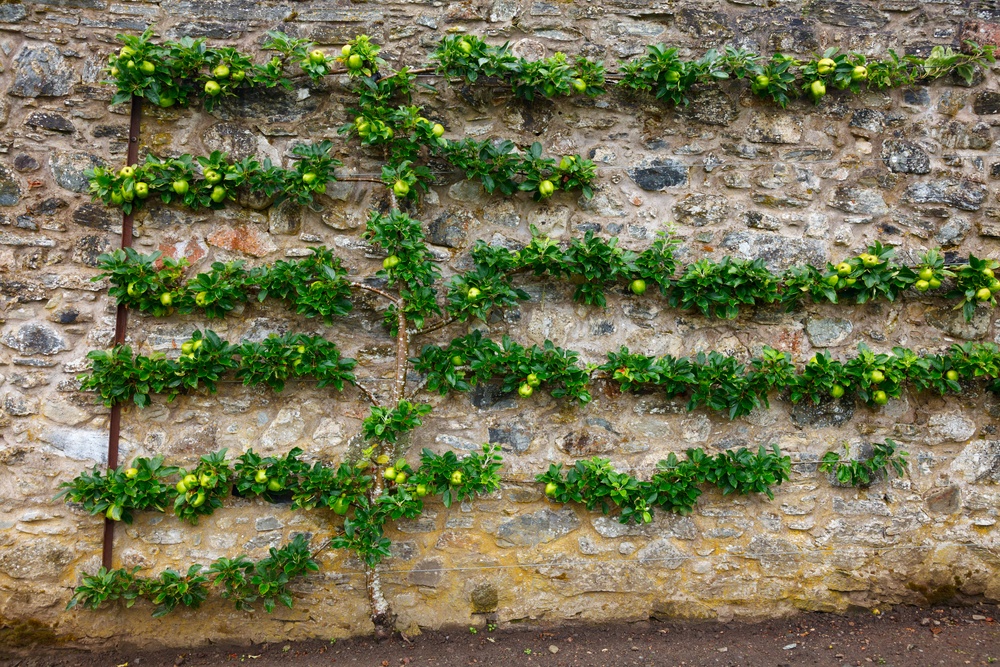
Dwarf fruit trees can be productive and provide a worthwhile yield, but the yield is likely to be higher from a full-sized specimen trained against a wall. So,this is something to think about before you definitely decide that a dwarf fruit tree is right for you.
Instead of (or in addition to) growing dwarf fruit trees, small space gardeners could also consider growing other fruits. Many other fruits are also ideal for growing in containers, or in small growing areas. Options that you might like to consider include:
- Red currants
- Black currants
- White currants
- Golden currants
- Gooseberries
- Blueberries
- Cranberries
- Honeyberries
- Strawberries
- Cape Gooseberries
Of course you can also grow vining plants and canes up against a fence or wall, where they will take up little space. You could include, for example:
- Raspberries
- Blackberries
- Kiwi
- Grapes
Fruit growing is something that can be done even in the smallest of spaces.
How To Choose Dwarf Fruit Trees
If you have decided that you would like one or more dwarf fruit trees for your garden, it is time to delve a little deeper and decide which ones to buy. Before you start to look at your options, it is important to consider:
- The climate in your area, and microclimate of your particular garden.
- Patterns of sunlight, wind and water in the location where you want to place your dwarf fruit trees.
- The fruits that you, your family and friends will actually want to eat.
- Whether the fruit trees are self fertile and can go it alone, or need to be purchased with another tree with which they can pollinate.
The Best Dwarf Fruit Trees for a Cooler Temperate Climate
First off, let’s take a look at some options for dwarf fruit trees in a temperate climate, where chilly weather and frosts can be expected during the winter months. Within the temperate climate zone, conditions can still vary wildly, and have a huge bearing on which dwarf fruit trees you can grow. However, broadly speaking, these are some of the best options:
1. Apples
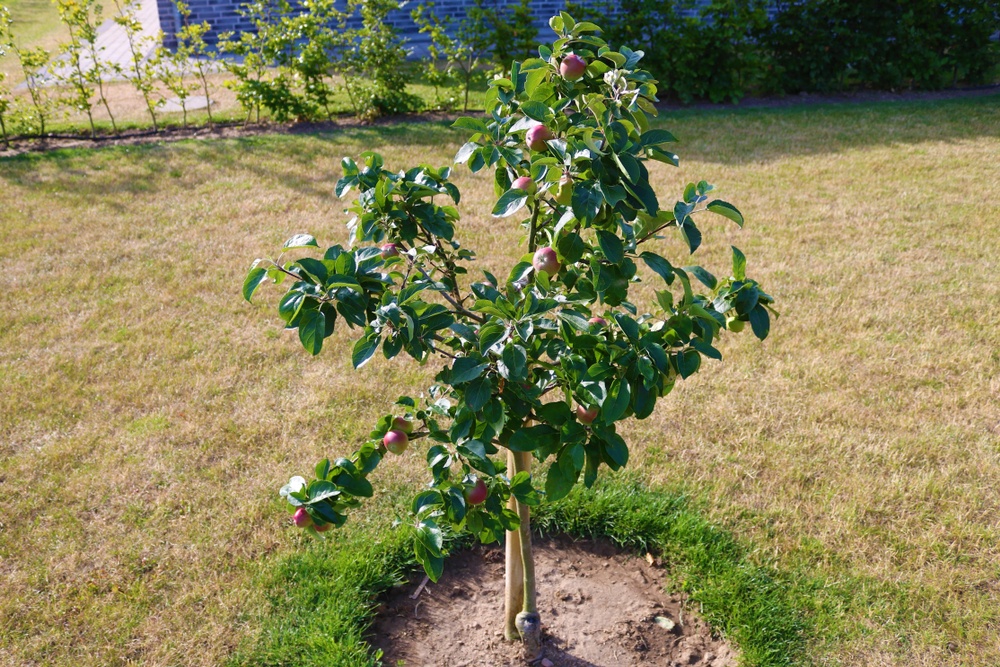
Apples are one of the most common garden fruits in temperate climes – and for good reason. An apple a day keeps the doctor away, and there are plenty of delicious varieties to choose from. It is always sensible to opt for an apple tree from a local plant nursery, as these are more likely to be suitable for the conditions where you live.
The size of a dwarf apple tree is determined by its rootstock. There are extreme dwarfing rootstocks (such as M27), dwarfing rootstocks (such as M9 and M26) and semi-dwarfing. It is worthwhile looking at which rootstock has been used for your dwarf apple. This will help you determine whether its eventual size will suit you and your backyard.
2. Pears
Pears are another popular choice for some temperate climate gardens, and can also be placed on a dwarfing rootstock in order to ensure that the tree does not get too big. ‘Concorde’ and ‘Conference’ are two popular pear varieties that can be grown as self-fertile, dwarf trees.
Interestingly, in Europe dwarfing pears are often grafted onto quince rootstock and not a pear one – sometimes with an ‘interstem’ of a pear variety that works well with the rootstock from the quince. The most common rootstock used for dwarfing is ‘Quince C’. In the US, the dwarfing rootstock for pears is often ‘Eline Quince’. Quince rootstocks are also used for dwarfing on a number of other fruiting trees. Pyrodwarf is one option that does use Pyrus rootstock.
3. Quince
Dwarf quinces will usually be supplied in a 4 ltr pot and, depending on the size of the container in which they are grown, reach an eventual height of around 1.5-2m.
Quinces have a high level of pectin which makes them ideal for making a range of jams and jellies and other preserves. The fruits will ripen perfectly when grown in a sunny location and though they have a long growing season, can be grown even in northern areas when positioned against a sunny, south facing wall.
4. Plums
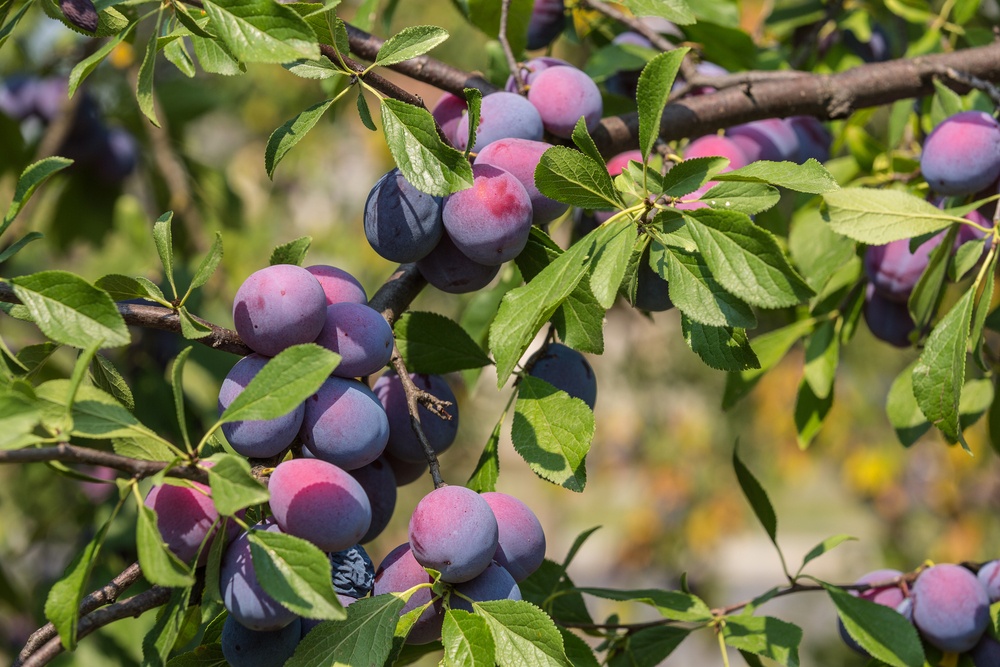
While there are no extreme dwarfing rootstocks for plum trees, there are a number of semi dwarfing rootstock options which help to limit the size of these trees for smaller gardens. These include Pixy, Plumina, and VVA-1.
Dwarf plums in a range of varieties can be grown in pots and will reach an eventual height of no more than 2m, often considerably less, depending on the size of the container. You can also find fruits in the same family, such as gages, damsons and Mirabelles grafted onto the same rootstocks to create small-tree options.
5. Cherries
Cherries come in a range of sweet and sour cherry varieties that are suitable for many temperate climate gardens. Sweet cherries are delicious straight from the tree, while sour cherries are best cooked into jellies or other preserves or cooked into sweetened desserts.
Cherries can be made less vigorous through the use of the Gisela 5 rootstock. If grown in the ground, cherries on this rootstock will tend to grow to around 2.4-3m tall. However, their size can be limited through growing in a container, and through judicious pruning.
6. Medlar
Medlars are not usually eaten raw but are excellent for making jellies or for use in a wide range of desserts. Left to soften (blet) on the tree, the fruit mellows and is a traditional, if unusual treat. These trees will do best in sunny, sheltered sites and thrive in deep, fertile and well-drained soil.
When grafted onto the right rootstock, however, medlars can also be a dwarf or patio tree option. Depending on the size of the container in which they are placed, they will reach an eventual height of around 1.5-2m.
7. Mulberry
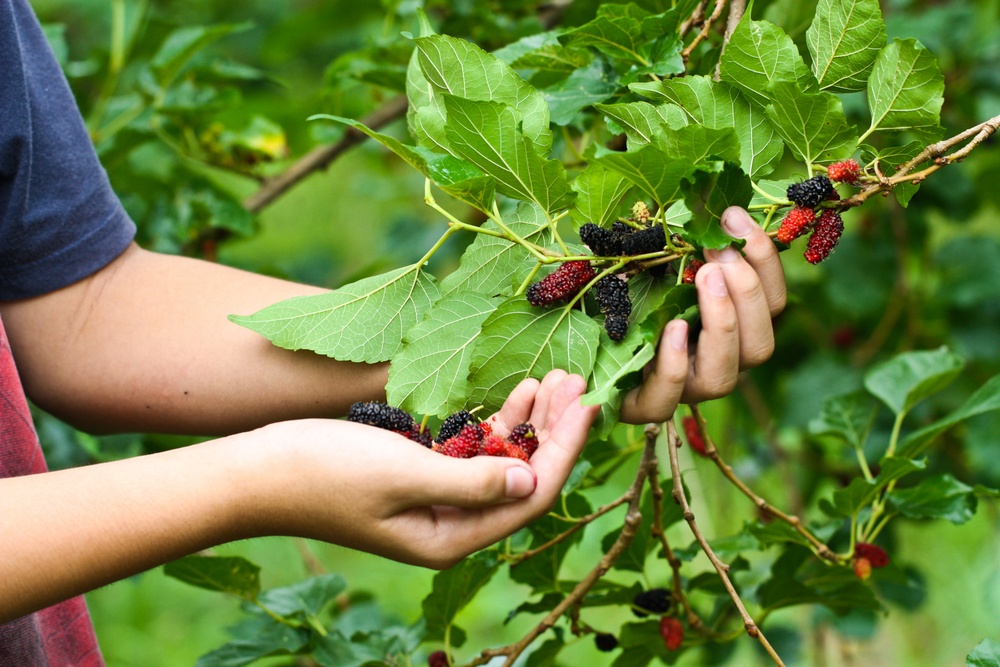
Mulberries cannot commonly be bought from the shops, so growing your own is likely to be the best way to source these fruits. The trees are not only a source of food. They can also make for interesting architectural features in gardens, with their gnarled shapes.
Mulberries can be grown against walls if space is limited. But since these trees are more bush-like in shape,size and habit, their growth can also be curtailed by growing them in containers. You can prune the trees for size after the fruits are harvested in the fall.
In addition to growing the above, gardeners in this climate type may also be able to grow some or all of the dwarf fruit trees in the next section. Having access to indoors space, or an undercover growing area in which to place tender trees in winter, will dramatically increase the number of dwarf fruit trees that it is possible to grow in a cold or cool climate.
Dwarf Fruit Trees for a Warmer Temperate Climate
In a warmer temperate climate, varietals of all of the above trees are likely to be available to you. However, the warmer weather (and a longer growing season) can also make it easier to also grow all of the following dwarf fruit tree options:
8. Apricots
Apricots blossom early in the year and so can fall prey to late frosts if grown outside in cooler temperate regions. In warmer temperate regions, however, or when grown under cover or in a sunny, sheltered spot, these trees can thrive, even when grown in containers.
Wavit, a plum rootstock, is sometimes used for apricots, and will create a tree up to 3m tall if grown in the ground. Container apricot trees will always be grown on a suitable rootstock. When restricted in size by a large container, and through careful pruning, they can be an ideal choice for smaller spaces.
9. Peaches
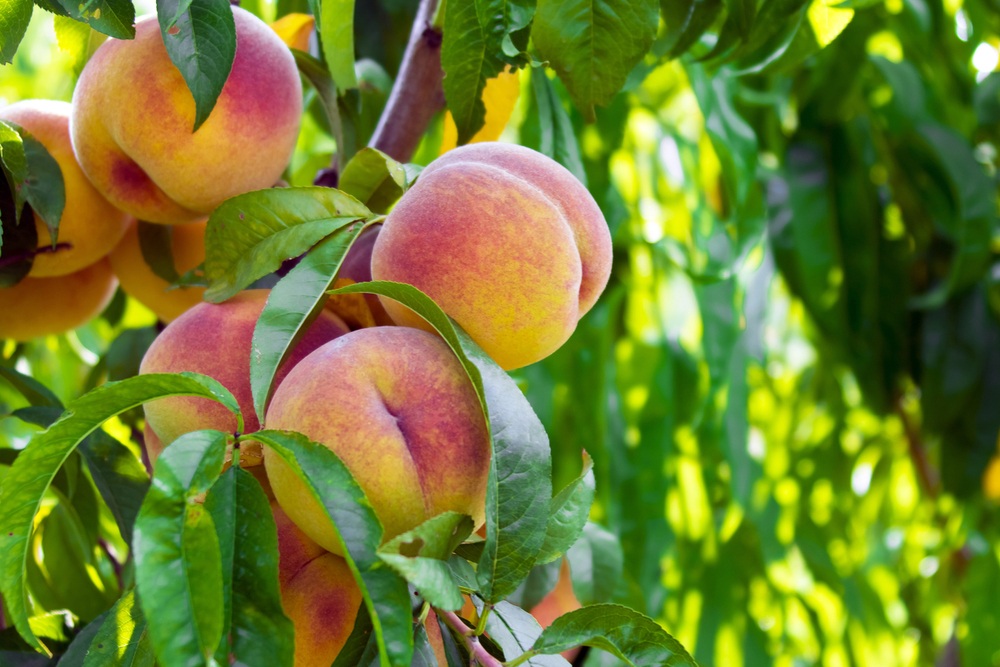
Peaches of a medium to small size are also sometimes grown on a Wavit rootstock. The size of peach trees can also be curtailed if they are grown in containers. Peach trees can also easily be trained to fit into a smaller space,and carefully pruned for shaping and size.
Peaches will be ready to pick when they are fully colored and the flesh close to the stalk feels soft. Cup each fruit in the palm of your hand and then lift gently. You will need to harvest over a long period as not all the fruits will develop at once. Do not leave picked fruits uneaten for too long. Peaches are at their best eaten fresh, straight from the tree.
10. Figs
The size of fig trees will often be determined by the variety rather than by a particular rootstock. Fig trees grow large if planted in the ground in optimal conditions, however, they can be kept much smaller and in check when grown in small spaces in containers. In fact, figs will fruit better if grown in containers to curtail non-fruiting growth. ‘Celestial’ is one popular dwarf fig variety.
Fig trees will produce two crops of figs in a year in a warmer temperate climate. The first crop can be harvested in late spring or early summer and the second, the maincrop, in late summer or early fall. (In cooler climes, usually only one crop of figs will come to fruition.)
11. Persimmons
Dwarf persimmons are much smaller than standard persimmon trees. It should be noted, however, that they can still reach around 3-4m in height if grown in the ground, left unchecked and not pruned. Fortunately, like many of the other fruit trees on this list, persimmons can also be grown in containers, which will curtail their growth.
There are astringent and non-astringent varieties of persimmons. Astringent varieties,such as Hachiya and Eureka, need to be perfectly ripe to be edible. Non astringent types such as Fuya and Jiro can be eaten crisp, like an apple, and are sometimes called ‘sweet persimmons’. There are some smaller varieties to choose from, but even standard trees can easily be kept in check.
12. Pomegranates
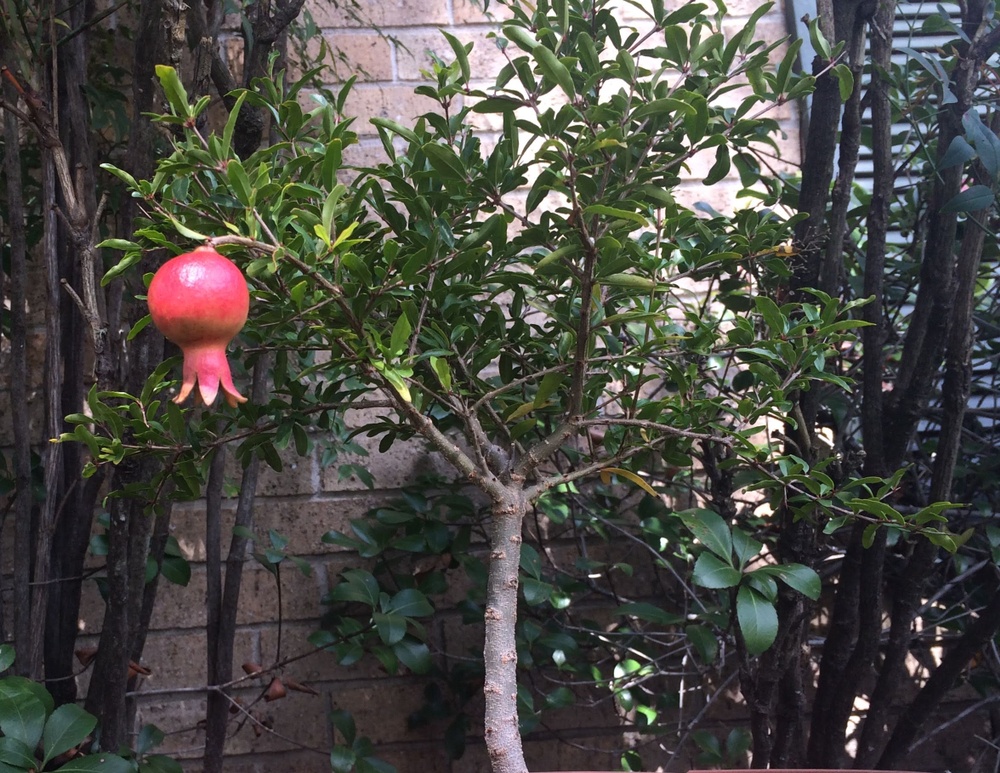
Pomegranates are another good choice for warmer temperate climate gardens. The fruits have an edible pulp. When grown in containers, dwarf pomegranates can be found which will grow no more than 2-3ft in height.
Punica granata ‘Nana’ is a dwarf pomegranate variety which will produce ornamental orange flowers followed by edible fruit. If you were planning to grow it indoors, however, you would have to hand pollinate, as insects are usually needed for pollination.
13. Citrus Trees
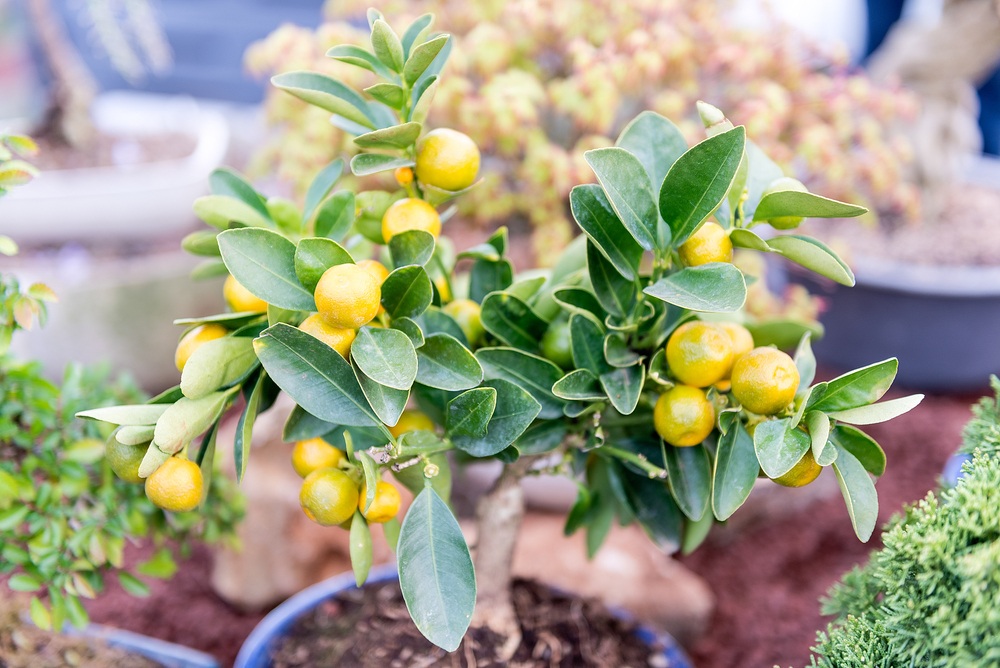
Citrus trees such as oranges, lemons, limes and grapefruit all lend themselves well to container growing. These trees can all easily be grafted onto a dwarfing rootstock and grown in small garden beds or containers. Nearly every worthwhile variety of edible citrus is now available to home gardeners on a dwarfing rootstock.
As long as they get enough warmth, sunshine and water, and a suitable growing medium, dwarf citrus trees will fruit just as well as larger trees of these types. Careful pruning can allow you to shape your trees and keep them within bounds.
Dwarf Fruit Trees for a Subtropical Climate
In a subtropical climate you will have a different range of growing challenges to those who live in a temperate climate. However, you may still be able to grow a number of the dwarf fruit tree options mentioned above. It will likely be easier to grow those more suited to a warmer climate – though varietals of cooler weather trees are sometimes available for subtropical climes.
However, the different weather patterns mean you can consider a range of subtropical and tropical fruit tree options. Some dwarf fruit tree options for subtropical areas are:
14. Mango
While they may be much trickier to grow in cooler climates with shorter growing seasons, mangos can be a staple in a subtropical climate garden. Dwarf mango trees grow around 2-4m tall if grown in the ground and can also be grown in containers.
Irwin and Nam Doc Mai varieties are said to be the best mango trees for container growing. But you could also try other varieties, such as King Thai, Glenn, Cogshal, Palmer and Carrie. Mangos are delicious eaten straight from the tree and dwarf varieties can fruit just as well as their larger counterparts.
15. Avocado
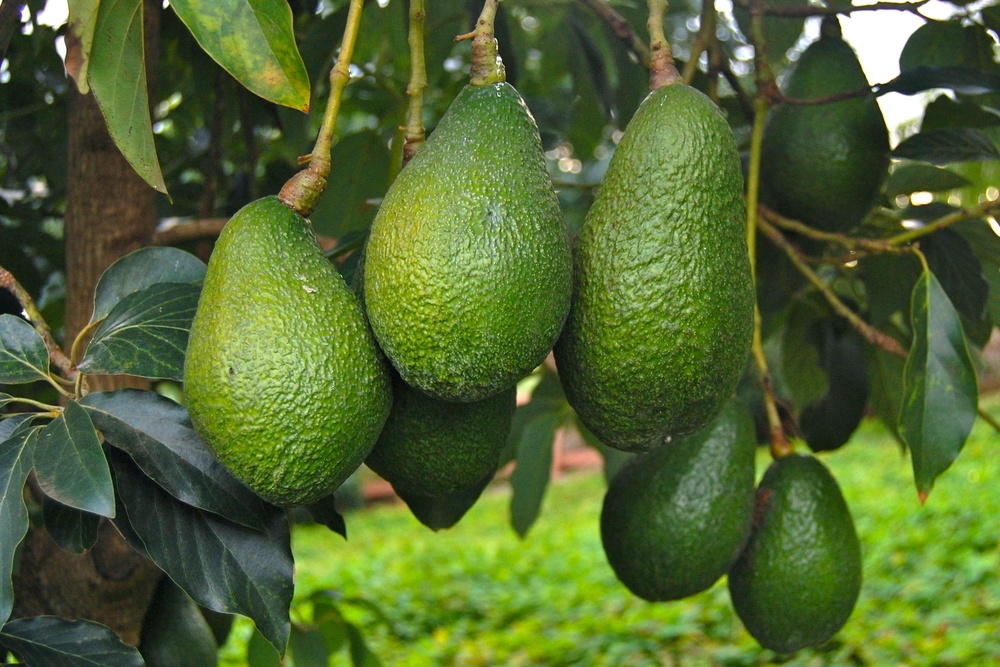
Avocado trees produce a healthy super fruit full of essential fats and nutrients. You could grow your own at home, even if you only have space for a small avocado tree.
Regular avocados can grow up to 80ft tall, but ‘Little Cado’, the ‘Wurtz’ avocado, is a true dwarf variety, typically reaching no more than 10ft in height. Grafted trees will usually start fruiting within two years of planting.
16. Lychees
There are a range of dwarf and semi-dwarf lychee varieties available. These can be grown in pots, though can sometimes be a little temperamental when not grown in the ground. Lychees are tangy, sweet and juicy, with semi-translucent flesh and rough, scaly skins in pinks or reds.
‘Emperor’ and ‘Wai Chee’ dwarf lychee trees are available,and these can produce abundant crops in a subtropical climate. These trees often take little effort to grow in the ground, but many require a bit more care and attention if grown in containers.
17. Pawpaw
A member of the same family as the standard pawpaw, Asimina triloba, dwarf pawpaw, Asimina parviflora is a much smaller tree or shrub. It is a member of the custard apple family. Native to the Southeastern United States, it also produces an edible fruit, though smaller than the standard pawpaw.
Due to its smaller size, the dwarf pawpaw could be a much better choice for small-space subtropical gardens. It can even be grown in containers. Fresh pawpaw are hard to transport and store, and so rarely found in stores – all the more reason to consider growing it in your own garden.
18. Jaboticaba Fruit
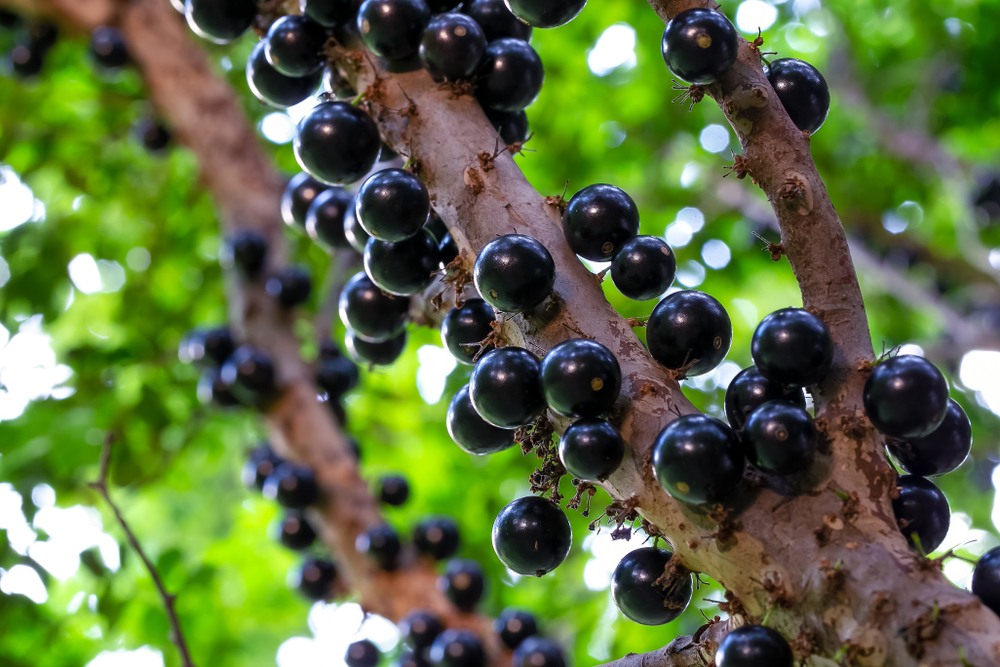
Native to Brazil, Jaboticaba fruit is little known outside of its native range. But this member of the Myrtle family could be a good choice for your subtropical garden. These trees are slow growing and the Myrciaria tenella subspecies grows into shrubby plants around 3 1/2- 4 ½ ft high. Other types of jaboticaba tree can grow around 12-15 ft high outside its native range, and perhaps up to 45 ft in ideal growing conditions.
Weirdly, the grape-like fruits of jaboticaba can be produced in clusters, or singly, all up and down the main trunk and branches. Trees can fruit up to five times each year. The fruits taste a little like certain muscadine grapes and can be eaten fresh or turned into jellies, or wine.
19. Cherry Guava
Psidium cattleanum, known as cherry guava or strawberry guava, is another small tree native to Brazil that could be considered for many subtropical gardens as well as for tropical locations. It is another member of the Myrtle family and since it can be considered as a large shrub rather than a tree, can be ideal as a sort of dwarf fruit tree for smaller spaces.
Fruits can be eaten, and are often used to make jelly or other preserves. The skin is often removed to provide a sweeter flavour. Interestingly, although native to the tropics, this plant can be frost hardy. It can also be grown in containers.
Note – in Hawaii, this tree is a biocontrol hazard and threatens native forest.
20. Loquats
Sweet and juicy, loquats are similar in taste to apricot or plum. Rare in many parts, these could be an interesting choice for a subtropical garden. Dwarf loquat fruit trees are rare but available, and these can be grown in the ground or in containers.
‘Advance’ is a Japanese group loquat that is a natural dwarf, growing to around 5ft in height. However, it is self-infertile and will need to be planted with other loquat varieties. Certain varieties can be grown as container trees.
The options mentioned above should show you that there are plenty of dwarf fruit trees to choose from, wherever you live. So don’t make a lack of space an excuse. Start growing your own food right away – including plenty of fresh fruit!
Pin This To Save For Later
